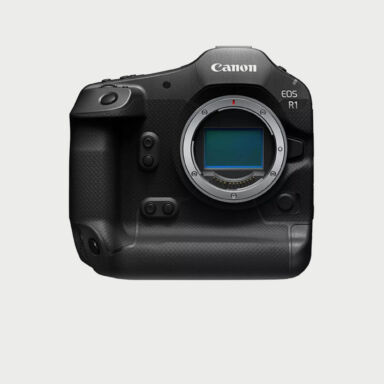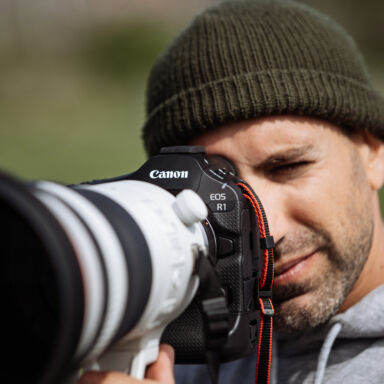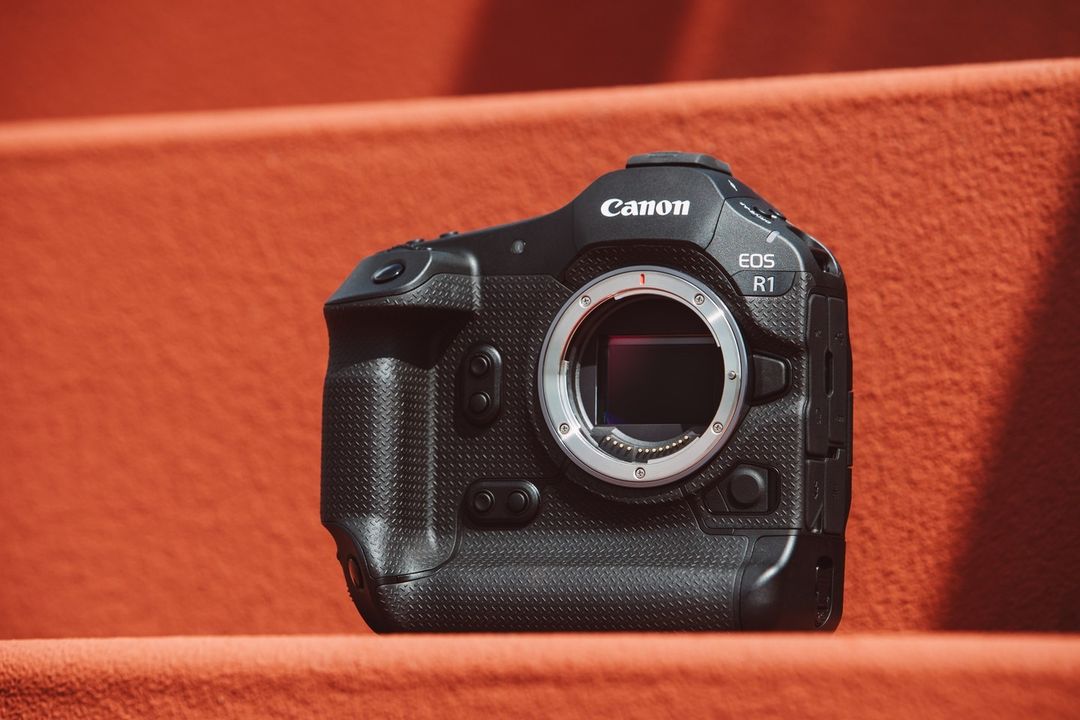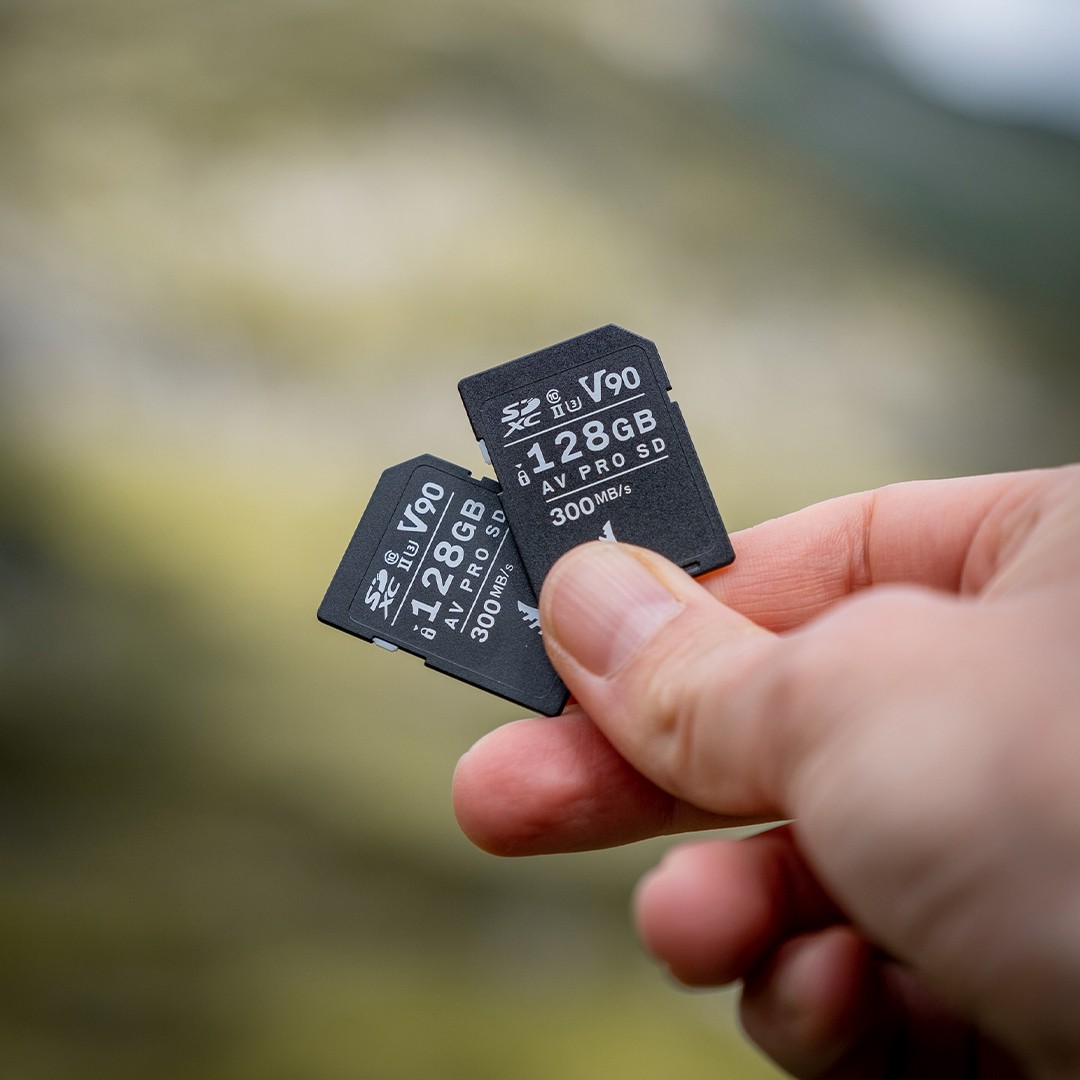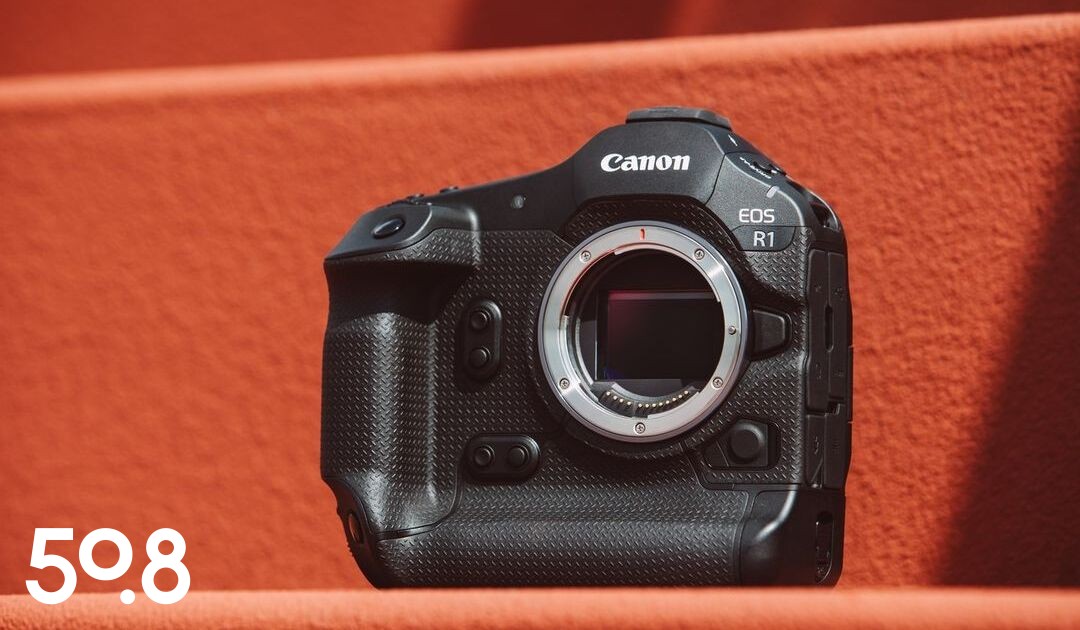Canon has officially announced the long-awaited Canon EOS R1, the new full-frame camera designed primarily for sports photography. Find out in this article what’s new with the R1, all its technical specifications, and first impressions of the new camera.
35 years after the release of the iconic EOS-1 SLR camera, Canon is releasing a new professional camera, the EOS R1.
Announced a few months ago and eagerly awaited by reporters and sports photographers, the R1 was finally released on July 17, 2024, at the same time as the new Canon EOS R5 Mark II.
Highly anticipated by reporters and sports photographers, this new camera features new specificities such as improved autofocus thanks to artificial intelligence, an enhanced viewfinder and 40 fps burst.
The Canon R1 is the successor to the EOS-1D X-series SLRs, and will have to convince image professionals to make the definitive switch to hybrids. Find out more about the R1’s new features and technical specifications, as well as our first general impressions of this new camera in this article.
Table of contents
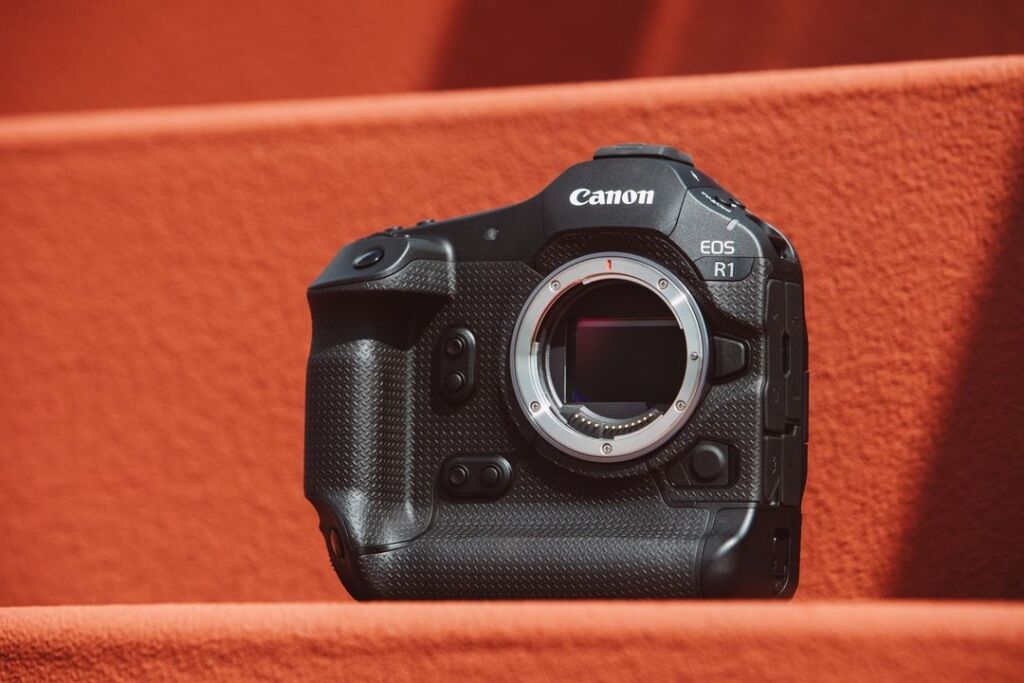
1. Features and innovations of the Canon R1
New AI technology
The EOS R1 is the first camera (with the R5 Mark II) to inaugurate Canon’s new image capture platform (photo and video), called Accelerated Capture.
It comprises a new DIGIC Accelerator chip to support the DIGIC X image processor, and a new sensor.
The R1 has a new 24.2 MP backside-illuminated and stacked CMOS sensor.
This new chip can process a huge amount of data and uses machine learning (deep-learning) to bring improvements and new features to autofocus, burst mode and, of course, image quality.
The chip continuously receives data from the sensor, and its algorithms analyze the elements in the frame in real time. This enables much faster and more accurate detection of the subject, including its eye.
Sensor speed
The R1’s stacked sensor is the fastest we’ve seen on a full-frame body yet, with a readout speed of around 1/300th of a second.
It’s faster than the Nikon Z8, but with fewer megapixels. “Only” 24 MP for the R1 versus 45 MP for the Z8. This doesn’t seem entirely illogical either, as the EOS R1 is intended to be used primarily for photojournalism, sports, action and wildlife photography.
Unlike the Nikon Z8 and Z9, the R1 is equipped with a mechanical shutter capable of capturing up to 12 frames per second.
The R1’s sensor is extremely powerful, minimizing rolling shutter and banding problems, even in electronic shutter mode. Nevertheless, a mechanical shutter remains available on the R1 for optimum control when required.
Improved viewfinder and Eye Control
One of the biggest improvements on the R1 is the viewfinder. It features a 9.44 million-dot viewfinder with 0.9x magnification.
The electronic viewfinder is larger and brighter, which improves, among other things, the calibration of Eye Control.
Already present on the EOS R3 hybrid, control of the autofocus area by the photographer’s eye has been significantly improved on the R1 and R5 II.
The system is able to track the retina of the eye to move the AF collimators. Canon has used a more defined sensor, more powerful LEDs and new algorithms for more precise tracking and a wider working area.
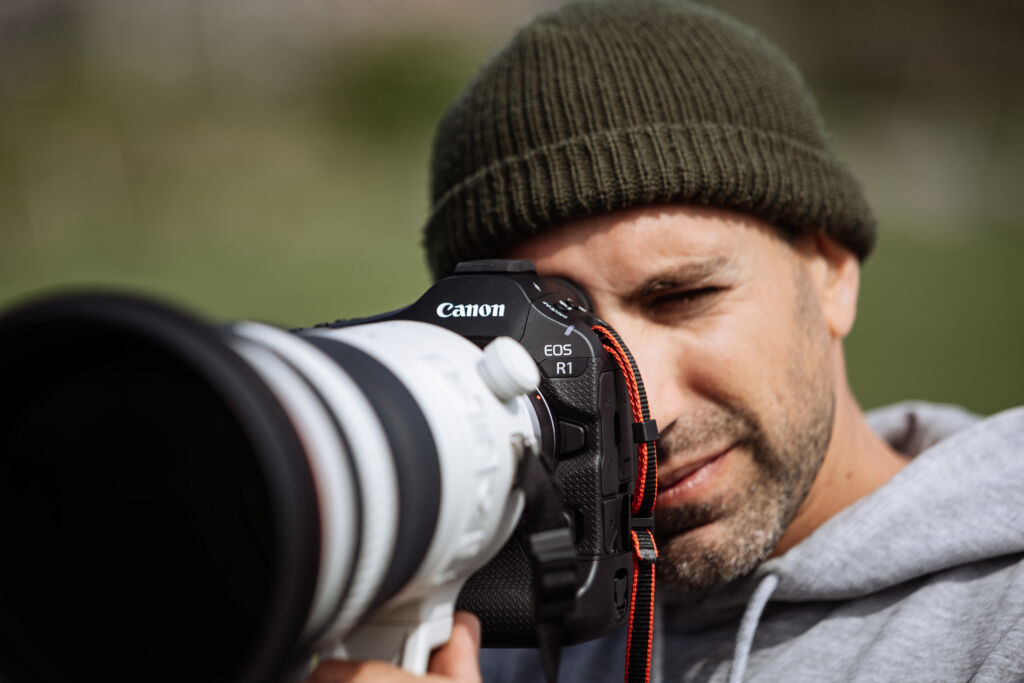
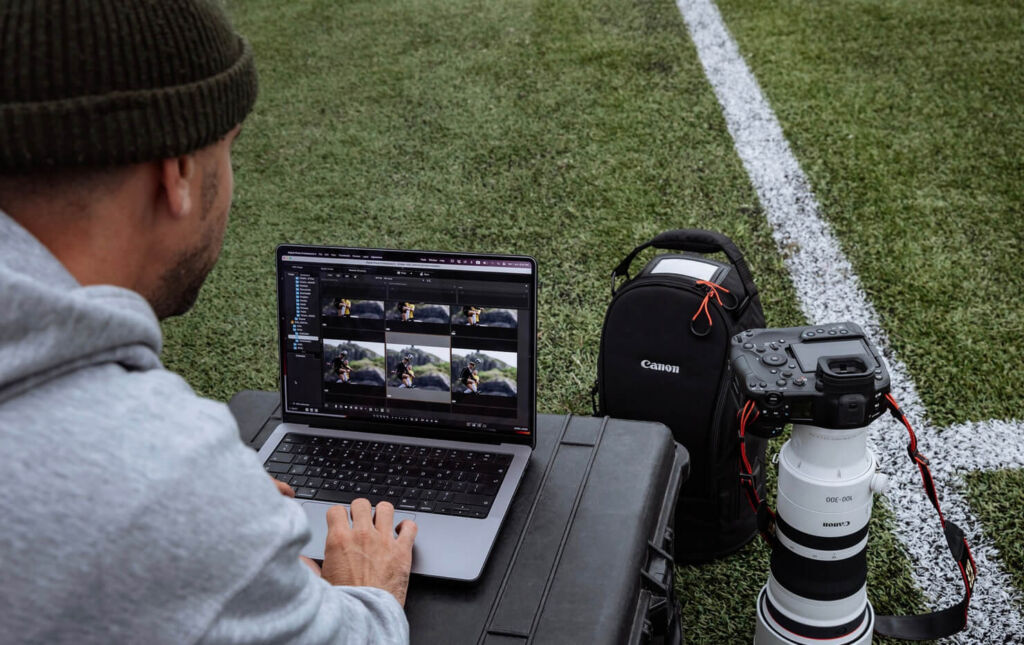
Dual Pixel Intelligent AF
As with the EOS R5 Mark II, Canon is introducing new technologies powered by artificial intelligence in this new body.
For example, machine learning has been incorporated into the R1’s autofocus system. Dual Pixel Intelligent AF enhances subject tracking, even when there is an obstacle between the subject and the camera.
The EOS R1 is also capable of recognizing the faces of people previously registered in the camera, thanks to the “Priority to registered person” mode. This mode had already been introduced in the R3 via a firmware update in March 2023, but has been significantly improved.
Subject detection will also be easier with the appearance of cross-type collimators on the sensor. Out of a quartet of Dual Pixels, three will offer vertical detection, while the fourth will work on horizontal detection.
Focus on autofocus
The new Accelerated Capture platform also optimizes autofocus tracking for three sports: soccer, basketball and volleyball.
This new “Action Priority” mode, inaugurated by Canon in the EOS R1, aims to revolutionize ball sports photography.
The EOS R1 is capable of real-time analysis of the actions taking place in the viewfinder. It can focus on the player closest to the ball, and switch directly to the player receiving the ball during a pass.
The question is whether Canon will regularly update its algorithms so that the R1 can work with other sports.
Bursts of up to 40 images per second
The EOS R1 is capable of shooting up to 40 images per second with subject tracking using the electronic shutter. It’s also possible to temporarily increase the burst rate by pressing the AF-On button.
For example, if you’ve chosen a rate of 20 frames per second to avoid saturating your memory cards too quickly, a simple press on the AF-On button will temporarily increase the rate to 40 frames per second so you don’t miss any fast action. It’s a feature similar to that of the Sony A9 III.
In the same spirit, the EOS R1 features a 20-frame pre-recording mode (the buffer is emptied cyclically) when the shutter release is half-pressed. Images are then recorded in full definition, in JPEG or CR3 (RAW).
Note that the stacked sensor eliminates blackout between shots, making capture even smoother.


Larger images and noise reduction
The Canon EOS R1 does not feature a Pixel Shift high-definition mode. Instead, it uses an AI-based enlargement function (Up-scaling), as on the R5 Mark II, thanks to the DIGIC Accelerator.
This produces 96 MP images – four times more defined than the original image – directly in the camera.
According to Canon, this method is more advantageous than sensor shift, as it eliminates the constraints associated with shaking and enables detailed images to be captured more quickly and handheld.
The R1 also offers a very useful tool: deep learning noise reduction. This can be applied directly to a RAW file in the camera to produce a JPEG. This is a handy tool, as it reduces noise while improving clarity and detail.
6K RAW and 60p video mode
The Canon EOS R1 takes over the video capabilities of the EOS R3, enabling internal recording in up to 6K RAW (12-bit, 2600 Mb/s) at 60 fps, without cropping.
The Canon EOS R1 can shoot in 4K, DCI or UHD, at up to 120 fps, and in Full HD at up to 240 fps, again without cropping. It can also shoot in 4K at 60 fps resampled from 6K for better image quality.
All autofocus recognition and tracking modes are available in video, with increased speed thanks to the AI chip.
The EOS R1 offers numerous video profiles: C-Log 2 (with a dynamic range of over 16 stops), C-Log 3, LGOP, PQ, HLG, BT.709, Canon 709, as well as customizable profiles. 10-bit 4:2:2 sampling is also available internally.
2. Price and availability
The EOS R1 is available for pre-order at 7499€. First deliveries are scheduled by Canon for November 2024.




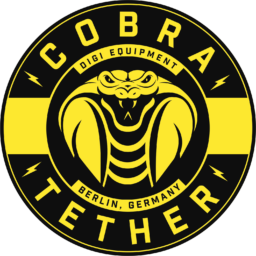

















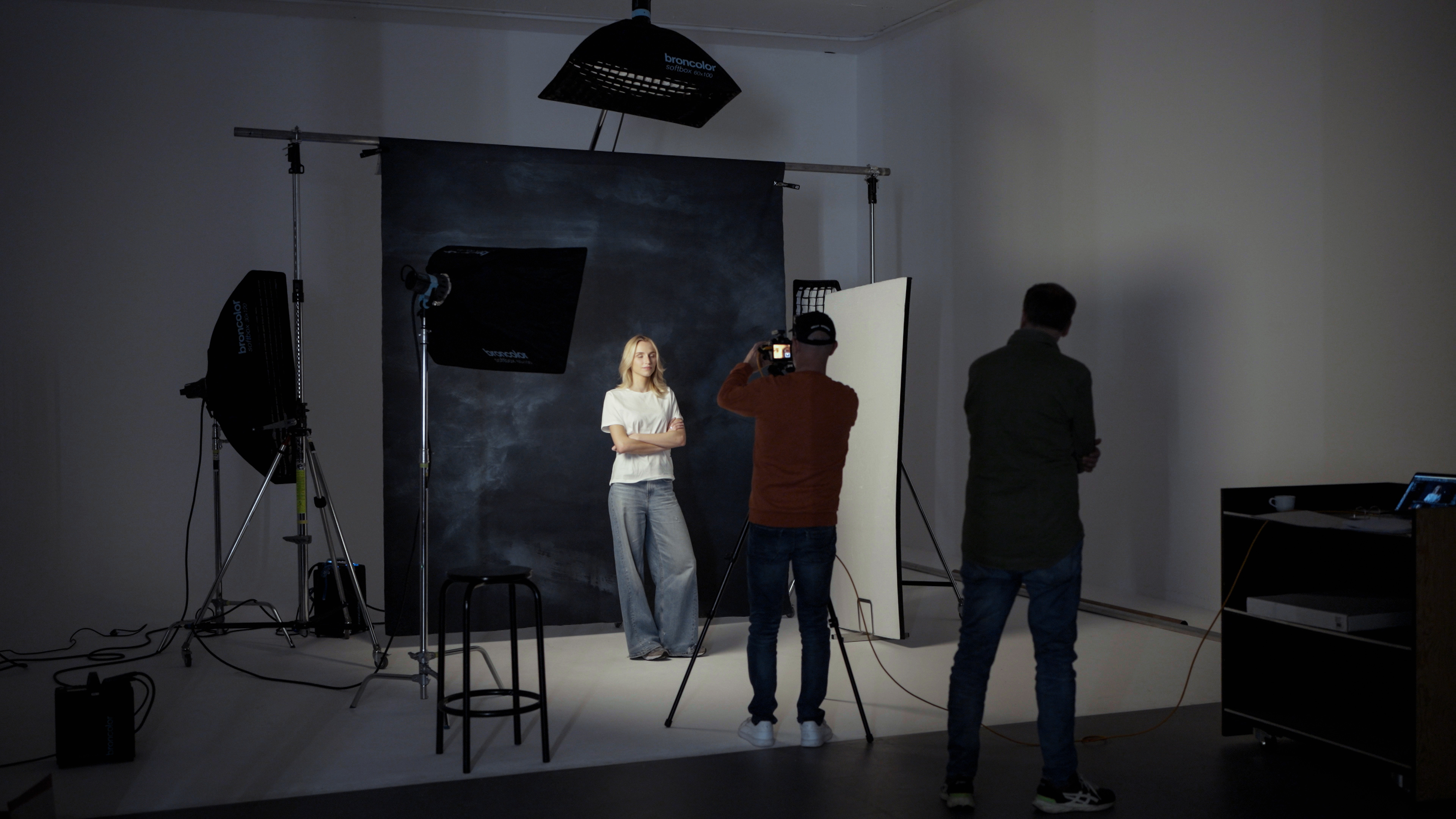

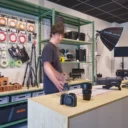
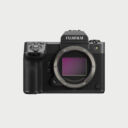 Photo
Photo 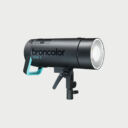 Lighting
Lighting 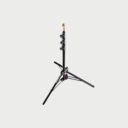 Tripods & Grip
Tripods & Grip  Digital
Digital  Bags & Cases
Bags & Cases 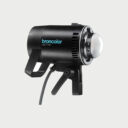 Continous lights
Continous lights 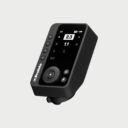 Transmitters
Transmitters 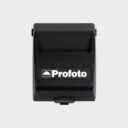 Accessories & Parts
Accessories & Parts  Accessories tripods & grips
Accessories tripods & grips  Monitors
Monitors 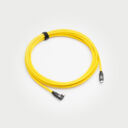 Cables & Tether
Cables & Tether 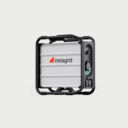 Portable power stations
Portable power stations  Sling bags
Sling bags  Rolling bags
Rolling bags  Organizers & Pouches
Organizers & Pouches 